The Child Safety in Motor Vehicles Act, or the Republic Act (RA) 11229, is now being implemented in the Philippines. As such, the mandatory use of a child restraint system, or child car seat, in private vehicles is now required by the law.
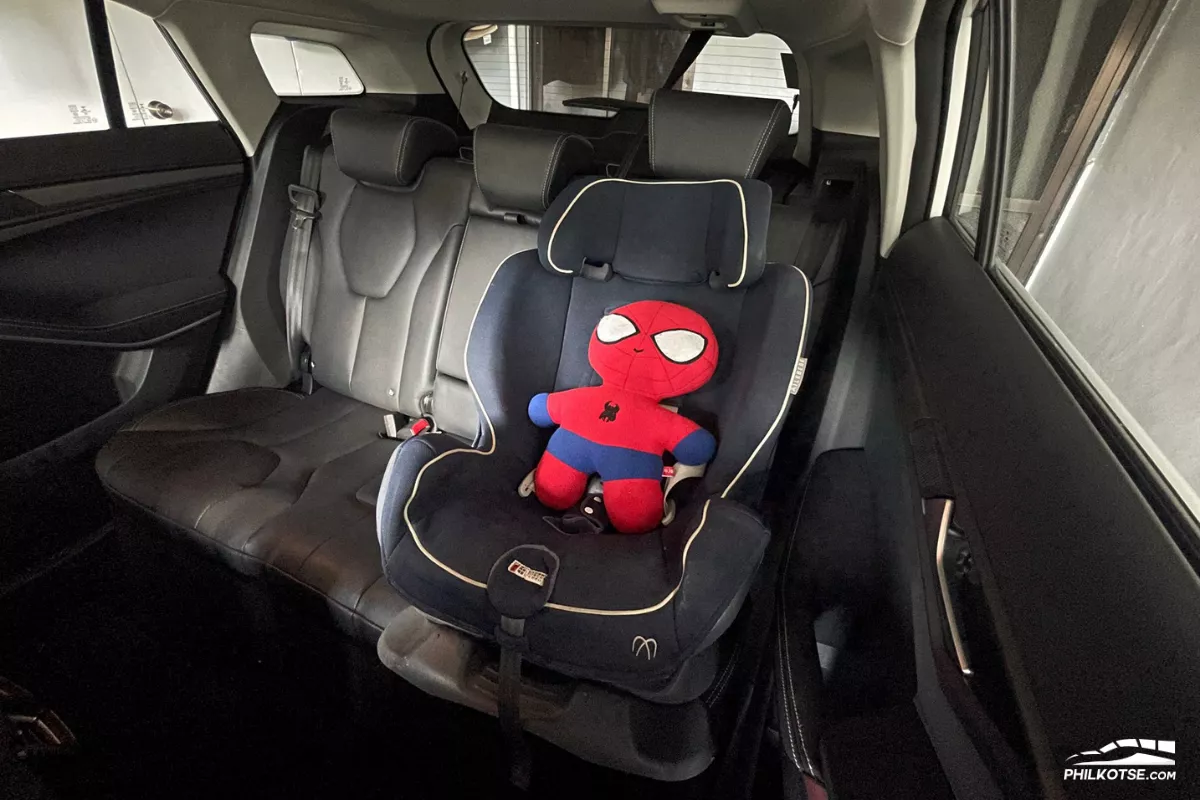
A child car seat is now required by law
However, the Child Safety in Motor Vehicles Act sort of started on the wrong foot due to the confusion caused by the statement of Land Transportation Office (LTO) NCR director Clarence Guinto.
In an interview with DZMM Teleradyo, Guinto suggested private car owners with tall children could consider getting larger vehicles to be able to comply with RA 11229. But, Guinto’s statement contradicts what’s stated in RA 11229 in regards to height requirement. Guinto has already apologized for the confusion caused by his comment.
With that in mind, we made a list of the important details you need to know about the RA 11229 or the Child Safety in Motor Vehicles Act.
Why is the RA 11229 or the Child Safety in Motor Vehicles Act necessary?
RA 11229 or the Child Safety in Motor Vehicles Act is a law that intends to give better in-cabin protection for infants and children in the event of a road crash.

Road traffic injuries is one of the leading cause of death of people aged 5 to 29-years-old
A study conducted by the Center for Disease Control and Prevention (CDC) stated that motor vehicle crashes are a leading cause of death among children. CDC’s data from 2018 showed that 636 children that were 12-years-old and below died in motor vehicle crashes.
In addition, the World Health Organization (WHO) said that the number of annual road traffic deaths has reached 1.35 million in 2018. WHO added that road traffic injuries are considered one of the “leading killer” of people aged five to 29-years-old.
What is the overview of the RA 11229 or the Child Safety in Motor Vehicles Act?
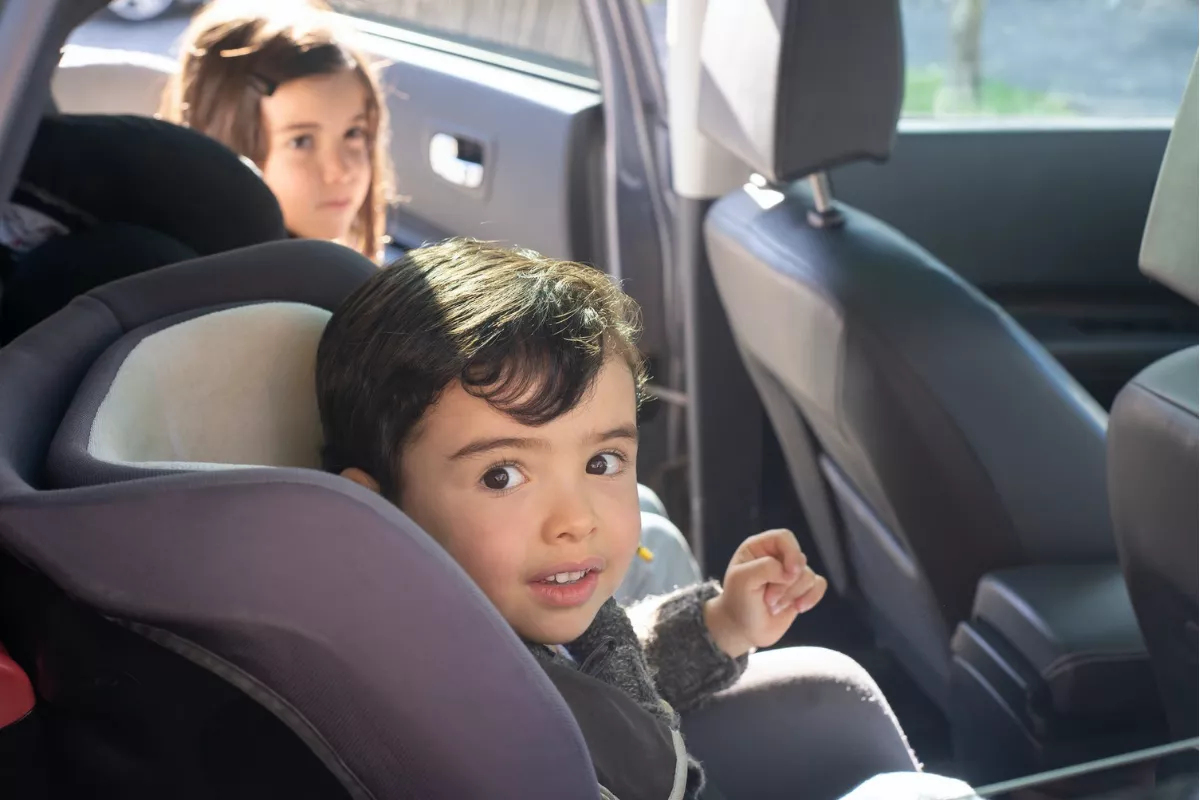
RA 11229 or the Child Safety in Motor Vehicles Act states that children 12 years and below are not allowed to occupy the front seats in private vehicles. Children 12 years and below are instead mandated to be seated at the back in child restraint systems or car seats.
>>> Related: Child Safety in Motor Vehicles Act: It is now illegal to leave your child alone in car
When can a child ride in the front seat?
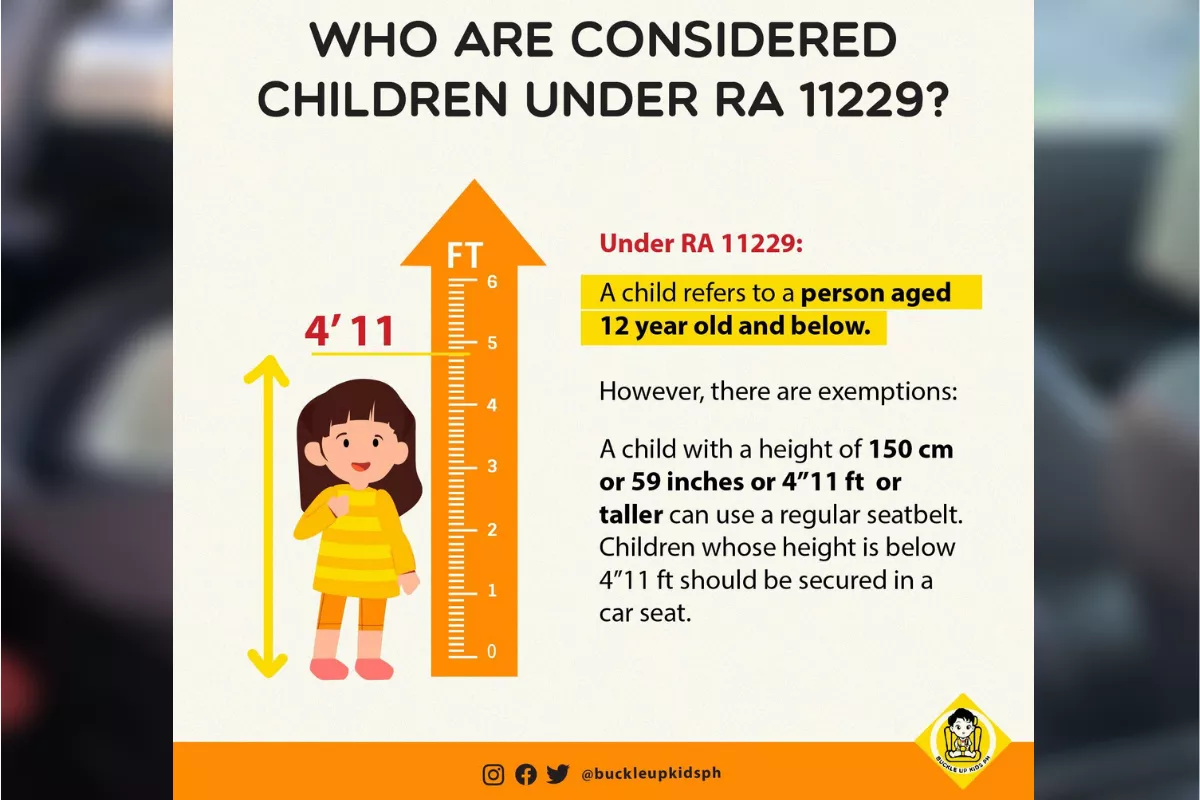
Take note of the height requirement
A child or an individual can occupy the front seat if he/she is at least 150 cm or 4’11” tall, and is properly secured using the regular seat belt. As such, a child can occupy the front seat as long as he/she has met the height requirement regardless of age.
How does the child restraint system or child car seat protect a child?
A child restraint system or child car seat keeps the infant or the child securely in place. It also prevents the child from hitting the vehicle interior or intruding objects. In addition, it protects the child’s head, neck, brain, and spinal cord in an event of a crash.
When was the RA 11229 or the Child Safety in Motor Vehicles Act approved?
The Child Safety in Motor Vehicles Act was signed and approved by President Rodrigo Duterte on February 22, 2019. RA 11229 is first implemented in the Philippines on February 2, 2021.
Can I use any type of child restraint system or child car seat?
No, you can’t just use any type of child car seat. RA 11229 requires that a child restraint system shall be appropriate to the child’s age, height, and weight. Speaking of which, the Department of Trade and Industry (DTI) is mandated to use the standards set forth in United Nations Regulation 44 and United Nations Regulation 129.
What are the types of child restraint system or child car seat?
ImagineLaw road safety project manager Daphne Marcelo said at an online press conference that private vehicle owners should be aware of the three types of a child car seat. These include the following: Rear-facing, Front-Facing, and Booster seat.
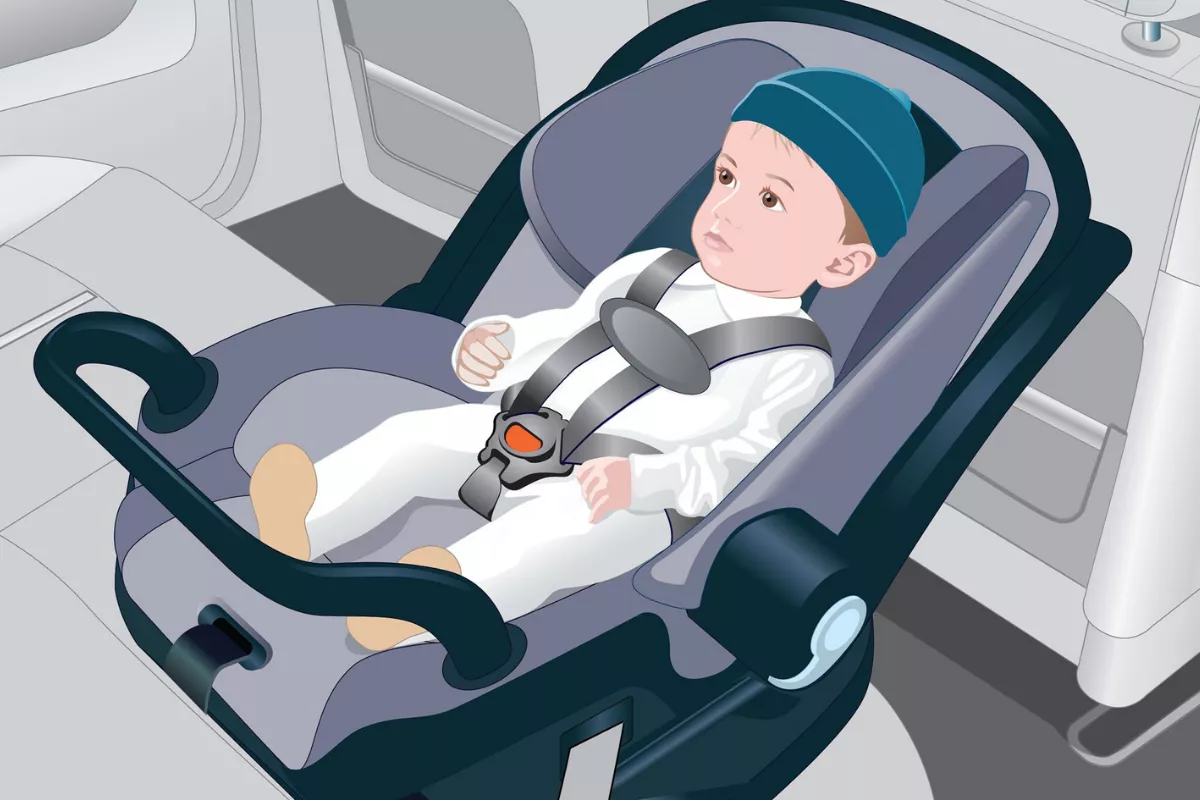
Rear-facing child car seat
Rear-facing - For children zero to 15 months old, are shorter than 2’9” and weigh zero-to-13 kilograms
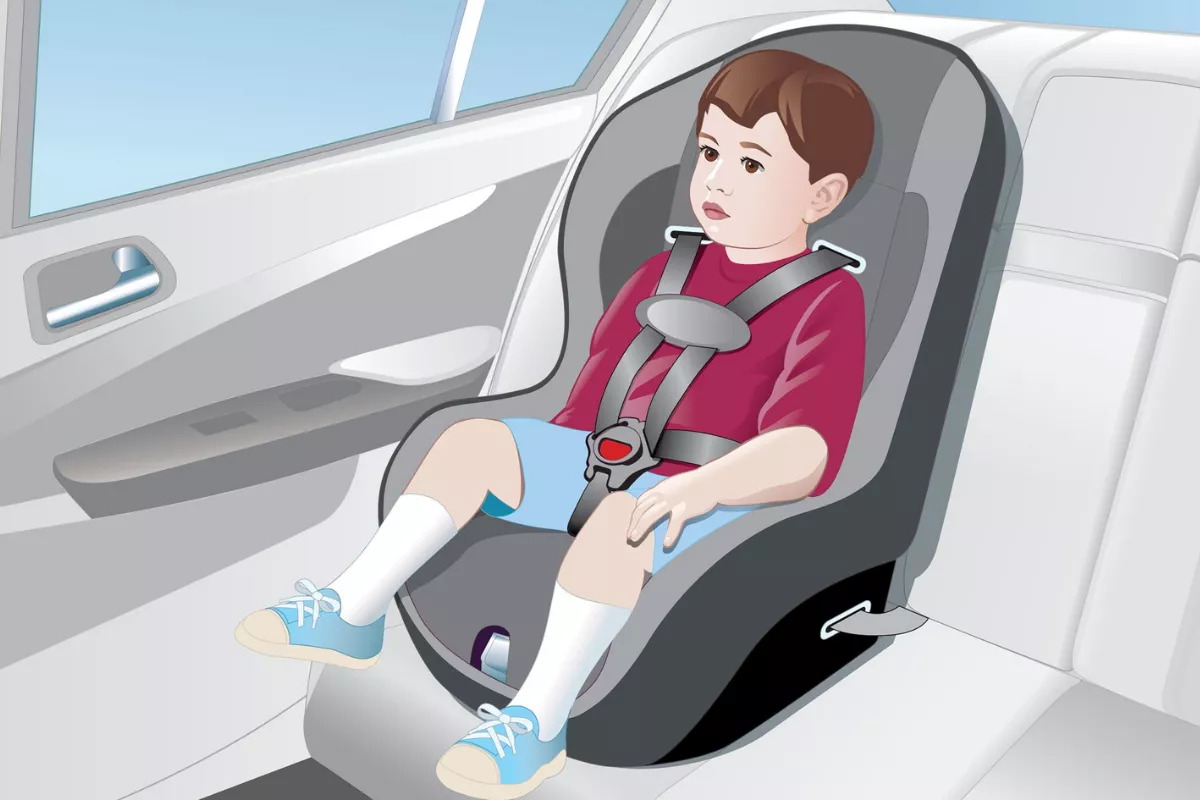
Front-facing child car seat
Front-facing - For children 15 months to 4 years old, are 2’3” to 4’4” in height and weigh 9-to-36 kilograms
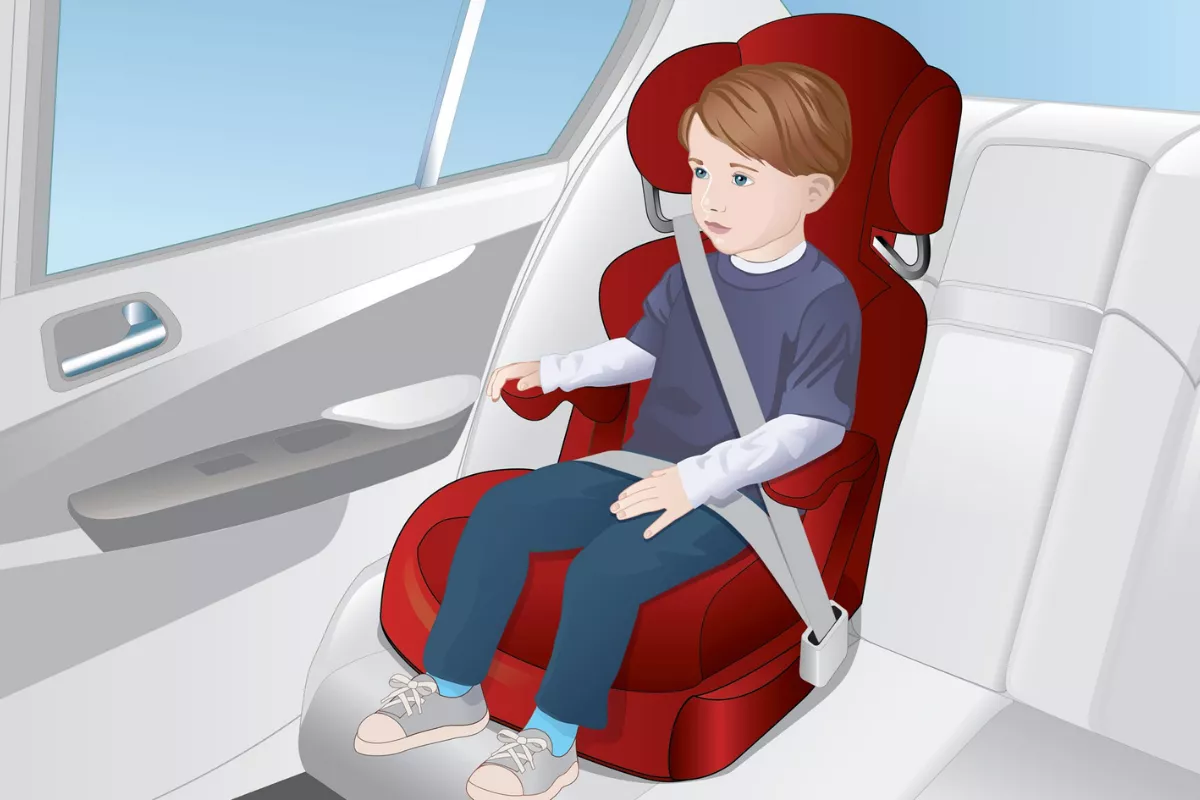
Booster seat
Booster seat - For children 4 to 12 years old, are 4’ to 4’11” in height and weigh 15-to-36 kilograms
What are the standard specs for a child restraint system or child car seat in the Philippines?
The Department of Trade and Industry (DTI) is mandated to use the standards set forth in United Nations Regulation 44 and United Nations Regulation 129.
The said standards will be DTI’s guideline in approving of the child car seats that will be manufactured and sold in the Philippines. The standards are said to be “periodically updated” based on current United Nations Regulations concerning Child Restraint Systems.
Can I buy any type of child restraint system or child car seat in the Philippines?
No, you can’t. You need to make sure that the child car seat you will buy comes with a Philippine Standards (PS) mark license or Import Clearance Certificate (ICC) license. Moreover, RA 11229 states that the Bureau of Product Standards (BPS) shall issue periodically a list of child restraint systems manufacturers, importers, and distributors, and the brands which pass its standards.
>>> Related: Choosing a car seat for your child: 5 critical factors to consider
How can I properly install a child restraint system or child car seat?
RA 11229 or the Child Safety in Motor Vehicles Act said that a child car seat is properly secured if:
- It is correctly installed in the vehicle through proper anchorage points.
- It is appropriate for the child’s age, height and weight.
- The harness straps and lap belt are firmly buckled and not twisted.
- The lap belt fits across the child’s thighs and hips and not across the abdomen.
What are the penalties under the RA 11229 or the Child Safety in Motor Vehicles Act?
Violators will be fined Php 1,000 for the first offense; Php 2,000 for the second offense; and Php 5,000 as well as a 1-year suspension of the driver’s license for the third and succeeding offenses.
On the other hand, any manufacturers, importers, and distributors of child car seats that sell child car seats without the necessary Philippine Standards (PS) mark license or Import Clearance Certificate (ICC) license will be slapped with a fine of Php 50,000 up to Php 100,000.
Are there any exemptions under the RA 11229 or the Child Safety in Motor Vehicles Act?
Yes, there is. RA 11229 is not mandating the use of a child car seat in situations such as medical emergencies, or when the child transported has a medical or developmental condition or other similar circumstances.
Are public utility vehicles required to comply with the RA 11229 or the Child Safety in Motor Vehicles Act?

Public utility vehicles are not yet required to comply with RA 11229
As of this writing, public utility vehicles are still not required to comply with RA 11229.
However, under RA 11229, the Department of Transportation (DOTr) is mandated to conduct a study in regards to the use of child car seats in public utility vehicles such as jeepneys, buses, including school buses, taxis, vans, among others.
The DOTr shall submit its study and give its recommendations to Congress. If the study concluded that child car seats are not applicable, the DOTr shall “recommend to Congress other safety measures and/or regulations for the safe and secure transportation of children” in public utility vehicles.
When will apprehension start for violators of the RA 11229 or the Child Safety in Motor Vehicles Act?
Land Transportation Office (LTO) deputy director of law enforcement service Robert Valera said that the agency will not yet apprehend violators. The LTO will instead be doing information dissemination that will last for three to six months.
Furthermore, the LTO and the Department of Transportation (DOTr) have agreed on the “deferment of its full implementation in terms of enforcement” until comprehensive information, education, and communications (IEC) campaign is executed.
Visit Philkotse.com to get more updates about the Child Safety in Motor Vehicles Act.
Recent posts
- Safest cars for children Philippines Nov 17, 2020
- Child Car Seat Installation Jan 05, 2021
- Choosing the best car seat for your children - 3 advices for Pinoy drivers Aug 18, 2023
- Choosing child-friendly cars for concerned Filipino parents Oct 24, 2018











